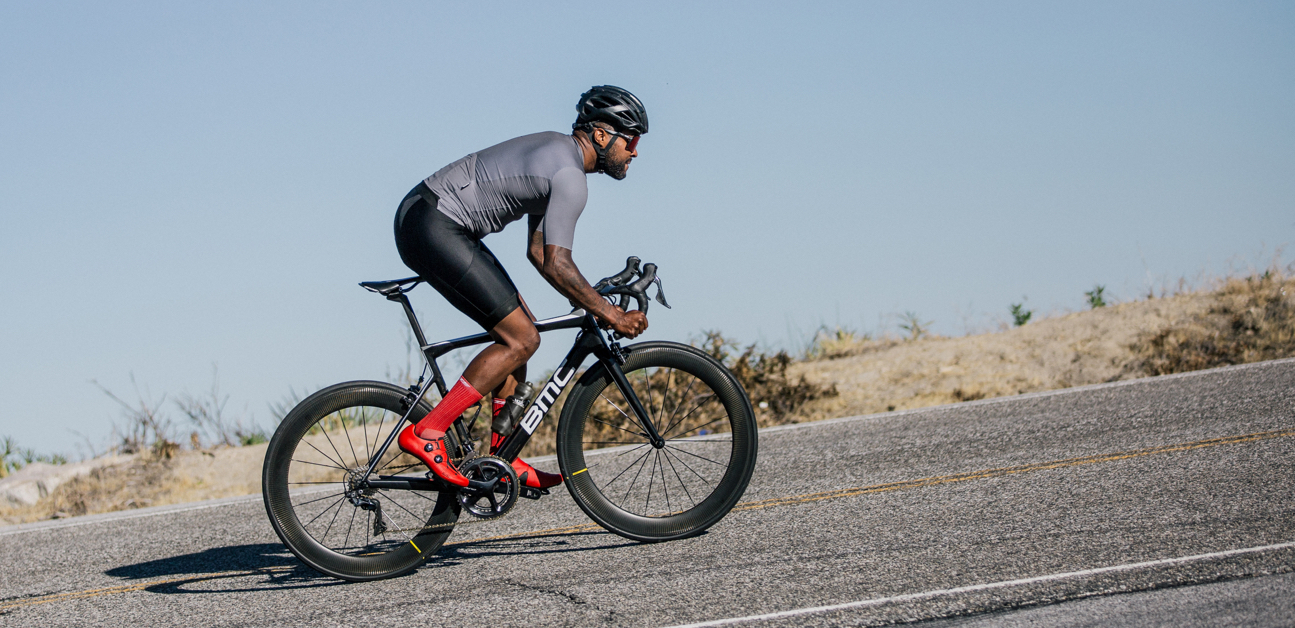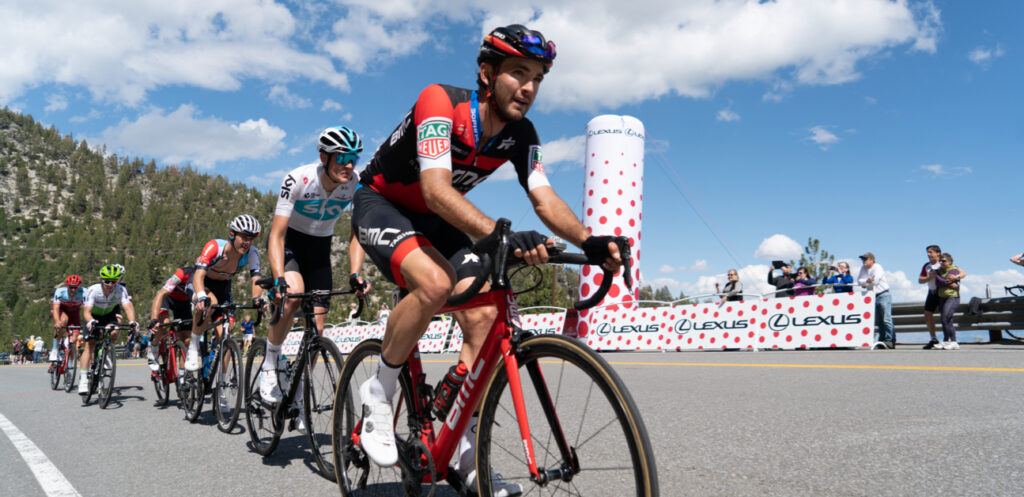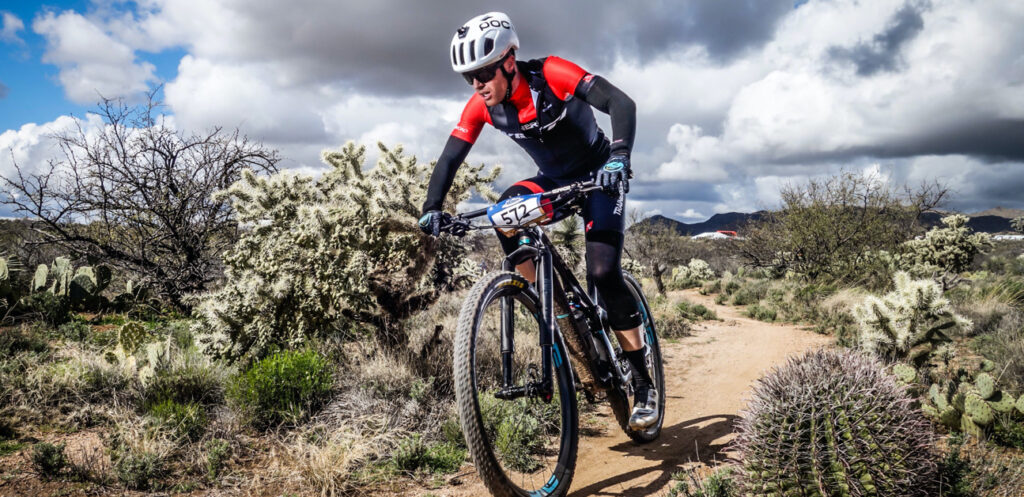How to Prepare For Steep Climbs

We’ve all been there—nearing the finish of a ride or race with exhausted legs and more steep hills yet to come. Facing steep climbs near the end of a ride is a challenge. But it’s one that you can overcome with training, planning, and these tips.
For more information on training check out Ask a Cycling Coach Ep 278.
Training for Steep Climbs
Training for steep climbs at the end of a long ride comes down to improving aerobic capacity and muscular endurance. Typically, these efforts last anywhere from 3-5 minutes and fall somewhere between your sweet spot and VO2 Max power zones. How you go about your training will depend on your goals.
There are two ways to train for steep climbs—general and specific. In a broad sense, all TrainerRoad Training Plans will help you to deal with steep climbs because they include base training. The primary aim of base training is to strengthen your aerobic energy system and muscular endurance—two essential aspects of riding punchy hills. That said, unless your A event features frequent short climbs, you’ll do well with any TrainerRoad plan.
However, if you want to train for steep, punchy climbs specifically, the Rolling Road Race Speciality is the way to go. This plan progressively builds your aerobic energy system and muscular endurance, then fine-tunes your fitness for the demands of your race. This will increase your sprint and anaerobic power in addition to improving power and time at VO2 Max.
Plan Your Nutrition
Often overlooked, nutrition plays a massive role in how you feel at the end of a ride. Running out of energy wears you down, both physically and mentally. For hard efforts, your body’s preferred fuel source is carbohydrates. But ensuring you have enough in the tank at the end of a ride takes practice.
The good news is that nutrition management is relatively easy to measure and hone. Most sports nutrition companies do an excellent job telling you exactly how many carbs are in a drink mix, gel, or chew. From there, it’s just simple math and planning. A good starting point is aiming for 60-90 grams of carbs per hour. What would this look like on your ride? In one hour, you could take in a Maurten Drink Mix 160 (39g of carbs) and two Gel 100s (25g of carbs) for a total of 89 grams of carbohydrates.
This is something that you need to train and experiment with during your training. Research is emerging that shows that athletes can handle over 120g/hr. But remember, getting to the point where you can ingest that many carbs without GI distress is a process.
Pacing Strategy
Pacing a race or group ride is a challenge. That’s because determining the pace is rarely up to you. In contrast, you do control how well you conserve your energy. Your energy reserves are a precious commodity. So try to hold back early in the ride by sitting in the draft and riding smoothly.
You can go a step further and create a pacing plan to optimize your energy expenditure. Your pacing plan should represent the ideal, but be ready to make adjustments. If you nail your pacing strategy, you’ll be rewarded with the extra motivation of passing other riders near the finish.
Gearing and Cadence for Steep Climbs
Having a wide range of gears will help you keep a manageable cadence up steep grades. Why do you want a manageable cadence? Keeping your spin between 85-95 revolutions per minute helps shift the load from the muscles to your aerobic energy system. Just because you can big ring a climb doesn’t necessarily mean you should—it can needlessly tax your muscles.
Grinding a big gear during a ride is akin to burning a match in your energy reserves. Spinning smoothly early in the ride means that your legs will be fresher when you arrive at the steep climbs near the finish. So it’s best to err on the side of caution and run a 32 tooth cassette or larger.
For more cycling training knowledge, listen to Ask a Cycling Coach — the only podcast dedicated to making you a faster cyclist. New episodes are released weekly.

